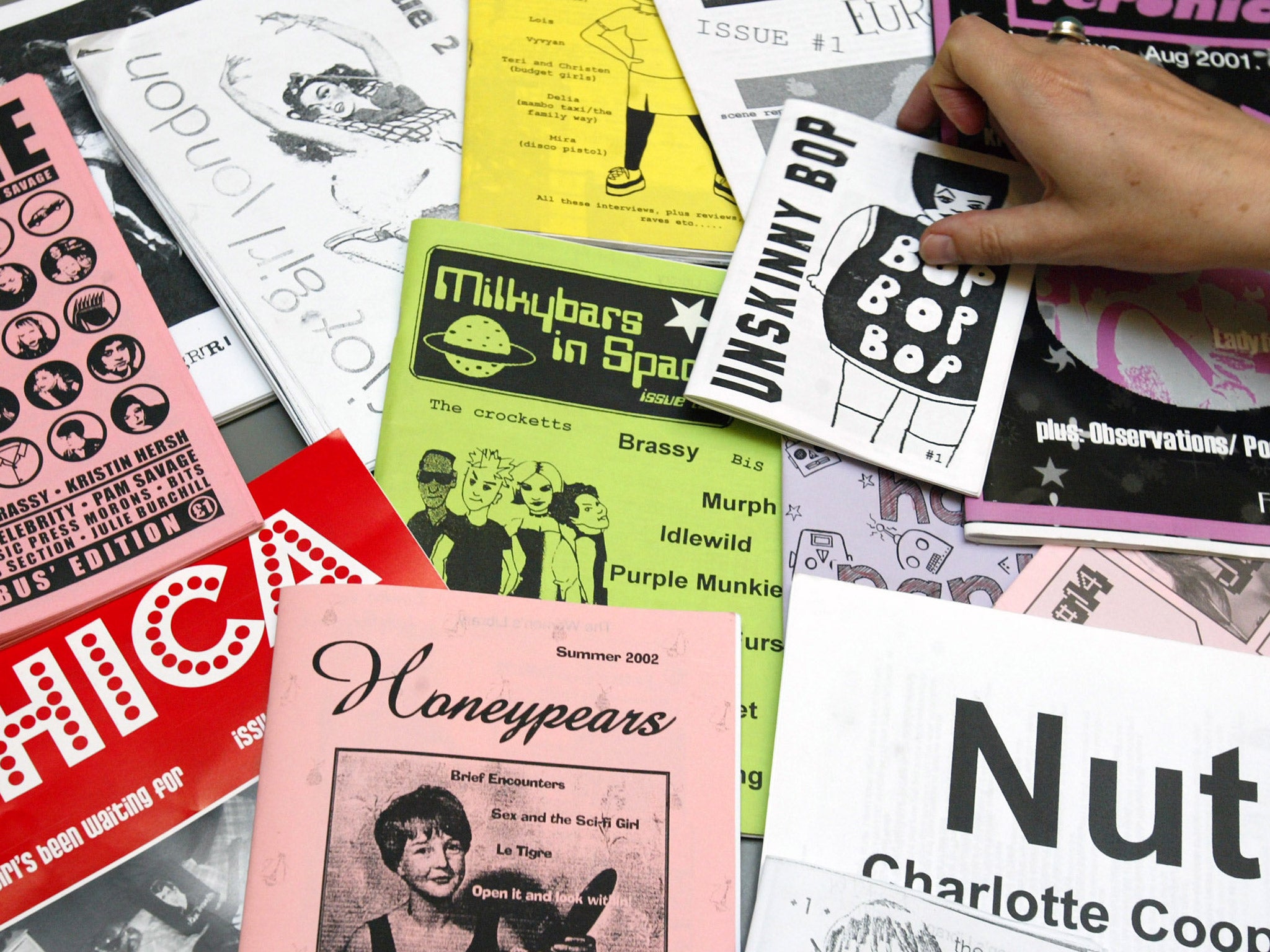Will The Women's Library be a place for activists and friendship?
Today, The Women's Library opens at the LSE. But, asks history professor Laura Schwartz, can the archive's unique spirit ever be recreated in its new home?

Some of my most significant relationships began in the toilets at The Women's Library. Thanks to the feminist architect Clare Wright, these spacious and luxurious facilities were twice the size of the men's lavs and provided the ideal place to strike up conversations with a fellow reader previously spotted studying a particularly interesting pile of books in the upstairs Reading Room.
I first met my best friend Alice when, as students at different London universities, we literally bumped into each other by the microfilm machines while attempting to grab the same obscure 19th-century feminist newspaper. Chatting about our shared historical interests soon led to discussion of more contemporary issues facing us as young women in a supposedly "post-feminist" society. A year later, having become involved in a resurgence of "young" feminist activism, we chained ourselves to the railings outside the Department of Health in protest over proposals to curtail abortion rights – just one example of many 21st-century feminist direct actions inspired by those Victorian lady militants whom we first encountered at The Women's Library.
Now the library, and the books, letters, pamphlets, photographs and banners that make up its unique collection, has moved to a new home at the London School of Economics, which opens today in central London. But will its unique spirit move with it?
I admit that I have probably spent an unhealthy amount of time in The Women's Library. An idea for an MA, which turned into a PhD, which turned into books and articles on the history of British feminism, free love, education and domestic servants were all conceived in its peaceful Reading Room. Its world-renowned collections, ranging from 18th-century pamphlets by one "Sophia: A Woman of Quality", to the 20th-century Sisters Against Disablement magazine, to a poster donated by the Unskinny Bop East London club night in 2013, have formed the foundation of my own and so many other scholars' work. Yet my sadness at its closure a year ago this month was about much more than personal investments and memories. It represented a step backwards for all of us who believe that ideas have a purchase beyond the pages of books, and can give meaning to the lives of people other than those of us employed to read and write for a living.
The Women's Library building in east London highlighted the history of women and their struggles in a manner that had never before been achieved. Completed in 2002 using Heritage Lottery funding, the building was the result of decades-long work by feminists, historians and archivists to establish a safe and permanent home for the library. With its name emblazoned in pink neon letters across the top of the converted Victorian washrooms, The Women's Library embodied an early 21st-century optimism: women were no longer to be "hidden from history".
Unfortunately, this was to be the case for only the briefest of moments. Within less than 10 years, the London Met bosses decided to sell off the library. Following a powerful and high-profile campaign, during which more than 12,000 people signed a petition against its closure and a few hundred young activists occupied the building on International Women's Day, the Library's collections were acquired by the LSE. This was, in part, a victory for those who spent many months insisting upon the value and importance of The Women's Library. We can all breathe a sigh of relief that its collections have not been mothballed altogether as London Met management once threatened.
Yet the collection was only part of what had made The Women's Library so special. There had also been a large gallery space where exhibitions on the Women's Liberation Movement and the history of women's work showcased its archives to the public. Outreach programmes sought to make the collections accessible to "non-traditional" audiences such as the schoolgirls and local pensioners who worked together on the Magic Me art project.
When The Women's Library closed in 2013 and its contents were removed to the London School of Economics, the blow was felt not only by feminist activists but also by the working-class and multi-ethnic neighbourhood where it had made its home. Will such people feel able to access the collections now that they are stored in the LSE's academic library in central London? Will The Women's Library continue to be a place where activists can gain inspiration, and friendships can be made? Or will it become simply another dusty archive, sealed off by an increasingly privatised and elitist university system? When the new reading rooms at LSE open today, I, like many others, will be anxious to hear the answer.
Dr Laura Schwartz is Assistant Professor of Modern British History at the University of Warwick, and author of 'Infidel Feminism' (Manchester University Press), much of which was written in The Women's Library
Join our commenting forum
Join thought-provoking conversations, follow other Independent readers and see their replies
Comments